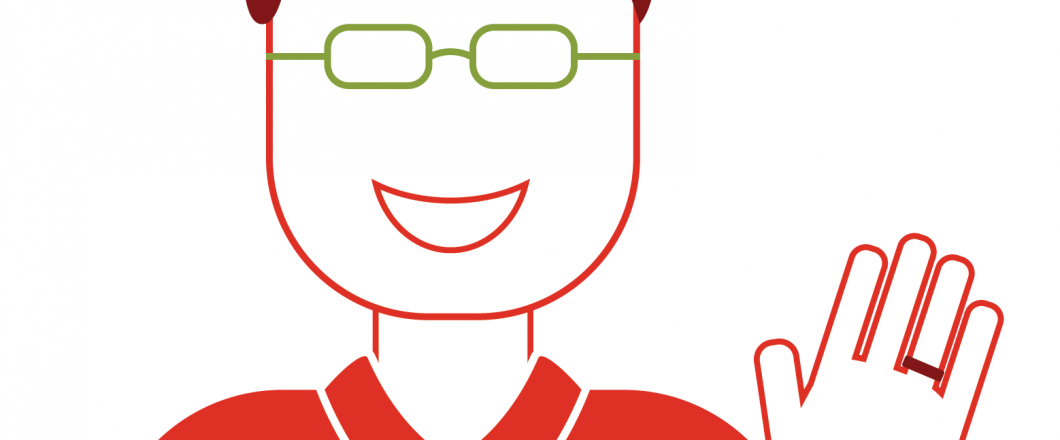As we find ourselves planted in the “Holiday Season,” there is a ton to do. Work is busier than ever. The kids’ schedules are anything but normal. We run around trying to workout in between all of the festivities. And then there is of course all of the shopping and cooking that go along with said festivities.
And through it all is the traditional target audience that retailers and consumer packaged goods (CPG) marketers so fondly refer to as “Mom.” Mom is the gatekeeper of all things shopping, cooking, and everything that has to do with the kids. And marketers entreat her with soft focus visuals and emotional headlines that put her front and center as what Kraft used to refer to as the “Chief Household Officer.”
And Then There’s Dad.
That seemingly hardworking business man or manual laborer that is focused on watching as many sports at the same time as possible and drinking multiple six packs of beer while dreaming of bikini clad girls half his age surrounding him in awe of all that he has become.
The problem with this traditional view of Dad from CPG companies, retailers, and, really, most categories is that it just isn’t the case anymore.
Back in my CPG days, we started to find more and more sources of data showing a significant upward trend of Dad in roles that were traditionally associated with Mom. A 2013 PEW Analysis brought to life just how much moms and dads have changed. Compared to their 1965 counterparts, dad’s time spent caring for the kids has tripled (concurrently, the time moms spend in the workforce has also tripled). Is this the slow but sure rise of the “stay-at-home dad?”
In addition, the Chicago Tribune performed a study in June of this year on the habits of the North American dad. The primary takeaway? Dad’s are shopping more than moms! A whopping 80% of Millennial dads claim primary or shared grocery shopping responsibility and a more hands-on parenting role than previous generations—nearly 50% of dads are responsible for planning play dates and other activities for their kids, compared to less than 25% of older dads. These new age dads aspire to be the “perfect Dad.” Even CNBC has noted that mom is no longer the CEO of the home.
What Does Dad Mean for Marketers?
Well, men may actually be from Mars and women from Venus because each sex differs greatly in how they approach shopping. There is even psychological data that brings the male food hunter instinct from prehistoric times into play—kill animal and go home. While the shopping mom may browse the aisles and make comparisons, dad’s psychology seems to say that he is going to make a more of a snap decision. Ad Age’s article earlier this year reinforced this topic for millennial dad’s even more, stating that they care more about image and pride than getting the best “value” or discounts.
CPG marketers see this as opportunity for a clear and strong brand connection to help reinforce that snap decision and create a brand habit. Brands that elevate status or enhance image will resonate even deeper, especially if they promote being a “good dad.” On the contrary, continuing to portray dad as the beer-guzzling, sports-obsessed dope may not be a sufficient strategy anymore.
What’s Next in Healthcare?
If the trends in grocery shopping and child rearing are any indication of what will happen in healthcare, millennial dads are a group to watch out for. Just as Mom is no longer the sole or even primary decision maker in retail and grocery shopping, healthcare decisions may well follow suit.
Who is making those decisions in your household? Has it already started to shift? The answer is clearly going to be mixed but we are certain that with more dads staying at home, more dads being active in their kids lives, and more dads doing a large majority of cooking and shopping, we are going to also see dads influence in healthcare decisions.
We already see the inkling of this trend making its way to healthcare. According to The SPM℠ American Health & Life Study, which helps our clients get a deeper understanding of the consumer’s mindset and how that affects their decision-making, dad is already playing a bigger role in healthcare than how he is represented in typical marketing. Take this question for instance:
“If I had a health problem that required hospitalization I would make a real effort to investigate the hospital’s success rates in treating that problem.”
The numbers from 2014 are shockingly close between men and women:
- Top 3 Box: Men 72% Women 74%
- Top 2 Box: Men 45% Women 48%
Whoever is able to create those brand connections with dad certainly increases their odds for success.
Conclusion
So before you unleash that new Millennial targeted campaign, or ship that image of mom hugging little Mary and Allison… stop a moment, and think about good ol’ dad.
For more information on how SPM can help you get your message in front of the right audience, contact us.
Bill Tourlas
Latest posts by Bill Tourlas (see all)
- More Than Just a Trend: The Power of the Single-Agency Relationship Model - January 22, 2018
- 3 Keys to Choosing the Right Agency - November 27, 2017
- Recap: How to Stay One Step Ahead in the Fast & Furious Race for Digital Marketing Innovation - November 1, 2017
- Digital Reality: Continuing Email’s Legacy in a Constant State of Change - June 26, 2017
- 3 Coolest Emerging Tech Displays at The Mill’s “Experience” - February 16, 2017




